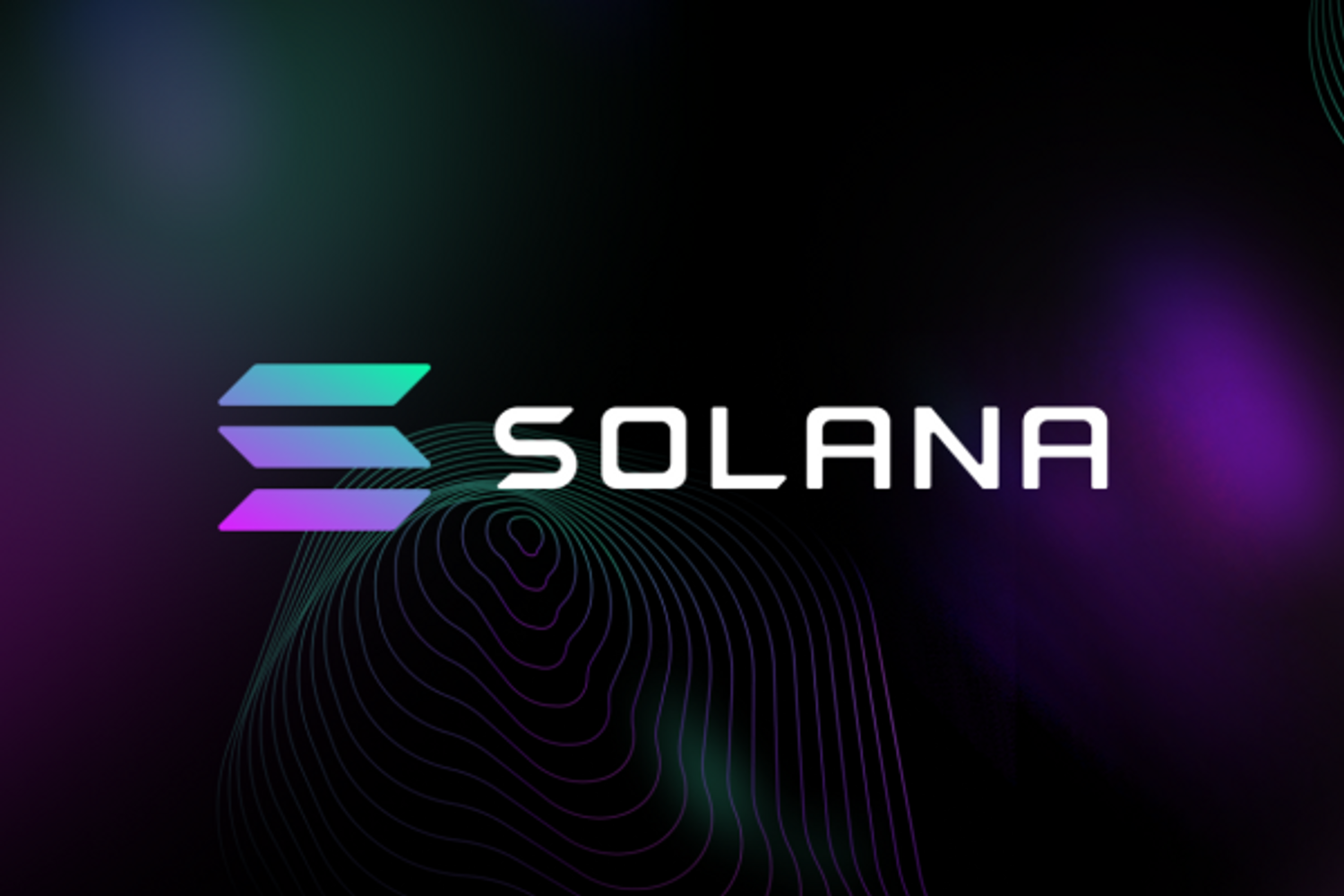Cloudbreak: Revolutionizing Solana's State Architecture Through Horizontal Scaling
The key to Solana's performance lies in its innovative architectural design. One of the more recent advancements in Solana's architecture is Cloudbreak, a horizontally scaled state architecture.
The key to Solana's performance lies in its innovative architectural design. One of the more recent advancements in Solana's architecture is Cloudbreak, a horizontally scaled state architecture. This article delves into the Cloudbreak architecture, its benefits, and its potential impact on the Solana ecosystem.
What is Cloudbreak?
Cloudbreak is a new addition to Solana's existing architecture that focuses on addressing scalability challenges. It was introduced to enable horizontal scaling of Solana's state, making it easier for the network to handle increasing loads and transaction volumes. Cloudbreak achieves this through a combination of innovative storage and data retrieval techniques, ensuring efficient and speedy processing of transactions.
Key Features of Cloudbreak
- Memory-mapped Storage: By using a file where the bytes are mapped into the virtual address space of a process, the file can then act like any other memory file. Reads and writes of the file are still bound by the performance of the disk, but the kernel only keeps some (or none) of the memory cached in the RAM.
- Sequential Operation: In addition to memory-mapped storage, Cloudbreak employs sequential operations that are much faster than random operations as CPUs are best at pre-fetching memory in sequential order. Account updates are then appended to a random SSD using copy-and-write semantics.
- Garbage Collection: Cloudbreak takes advantage of relinquishing the memory of old invalid accounts after forks are finalized beyond rollback with different account updates.
Benefits of Cloudbreak
- Enhanced Scalability: By enabling horizontal scaling of Solana's state, Cloudbreak allows the network to handle increasing transaction volumes without compromising performance. This is crucial in supporting the continued growth and adoption of the Solana platform.
- Improved Performance: Cloudbreak's innovative storage, caching, and indexing techniques contribute to faster transaction processing and reduced latency. This translates to a more efficient and seamless user experience on the Solana network.
- Greater Decentralization: The Cloudbreak architecture supports greater decentralization by distributing state data across multiple devices and machines. This distribution makes the network more resilient and secure, while also promoting further growth and adoption.
The Impact of Cloudbreak on the Solana Ecosystem
The introduction of Cloudbreak represents a significant step forward for Solana in terms of scalability and performance. By addressing the challenges posed by increasing transaction volumes, Cloudbreak ensures that Solana remains a high-performance platform well-suited to a wide range of decentralized applications and use cases.
As Solana continues to attract new users and developers, Cloudbreak's horizontally scaled state architecture will play a crucial role in supporting the network's ongoing growth and development. As a result, users can look forward to faster, more efficient, and increasingly decentralized services on the Solana platform.
Conclusion
Cloudbreak is a groundbreaking addition to Solana's already impressive architectural design. With its innovative approach to horizontal scaling, Cloudbreak sets the stage for Solana's continued expansion and solidifies its position as a leading blockchain platform. As the world embraces decentralized technologies, platforms like Solana, powered by cutting-edge innovations like Cloudbreak, will play a pivotal role in shaping the future of the digital economy.


